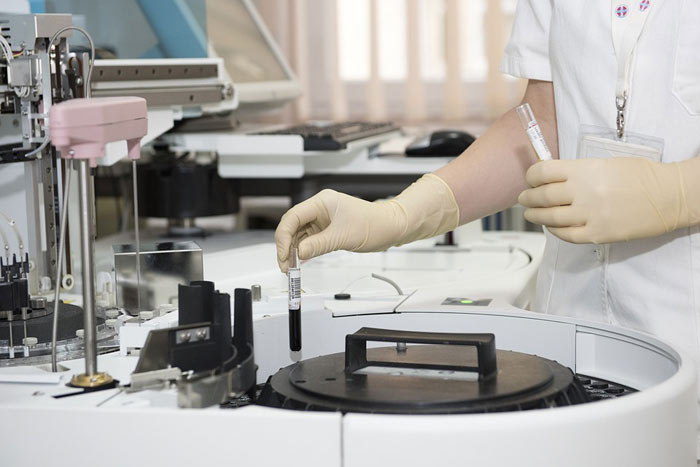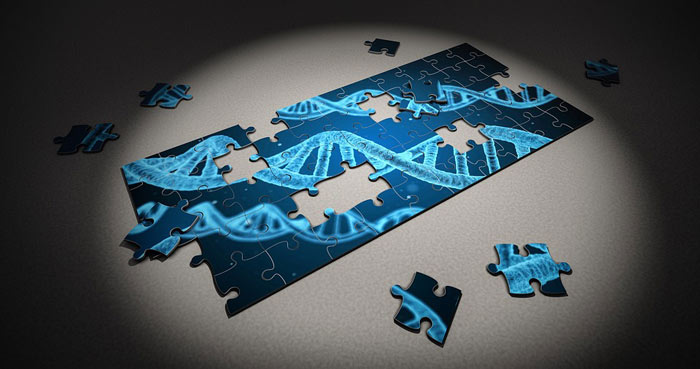
Since the earliest days of the human race, there have been ailments that have sickened and killed people. And for as long as those diseases have existed, there have been people working tirelessly to prevent, treat, and cure them.
In many cases, there were single moments when a breakthrough was achieved. These include Salk’s polio vaccine and Jenner’s fortuitous smallpox cure.
If you study the successes of Salk and Jenner, it would be easy to get unrealistic expectations about how today’s dreaded diseases will be cured. What’s critically important to understand is that the easiest cures are behind us. One could say that the low-hanging fruit of pathology has now been picked. Many of these infectious diseases have been effectively removed from the human population, and science today must address the tough opponents like cancer and HIV.
With this deeper understanding, then, you can have a greater appreciation for the way progress is being made in medical research today.
Collaboration
One of the hallmarks of modern scientific research is collaboration. Now that information technology has made it incredibly simple, fast, and accurate to share information and results with colleagues all over the world, the seeds are being planted for more direct interaction and for scientists to work together face to face.
Of course, this holds logistical challenges. If you’ve been working on one area of research in Berkeley and find a potential collaborator at the Mayo Clinic, one of you will have to pack up your work and move to the other location.
And that doesn’t mean simply boxing up files and carefully packing a computer. It means properly handling biological samples that cannot be exposed to improper storage conditions. A successful move of this type and of this importance requires an experienced firm like PBMMI, which is experienced in proper handling and storage of biological samples, helping you preserve the integrity of your work.
Identifying Causes

Perhaps the most intriguing question in disease research is, “Why don’t we prevent disease so that we don’t have to work so hard to cure it?” It’s a very legitimate point, and given the success we’ve had in identifying risk factors for many problems, it’s certainly one where real progress can be made.
To a great extent, we can also consider early detection to be prevention. We’ve all heard people say that they had a good prognosis because the condition was identified early before it had a chance to advance to a life-threatening point. In this way, we can think of early-stage cancers as being almost a different disease from later stages, so intervening in the earliest times can be considered more like prevention than a cure.
New Approaches
The success of Salk and Jenner programmed us not only to expect fast breakthroughs but also immunological solutions. In other words, we think that pharmaceuticals will fix everything because, after all, they fixed polio and smallpox.
Even researchers have gotten caught in that paradigm, possibly spending large sums of money and long periods of time chasing solutions that just aren’t there.
However, new perspectives are emerging. The body’s own immune system is proving to be a powerful tool in attacking invaders, and even cancer appears to be in the crosshairs of our natural defenses. The great thing about these solutions is that they remain effective for a lifetime with little to no further medical intervention.
Millions of people still fall ill each year, victimized by a wide variety of conditions that remain incurable. Yet with every passing day and every innovation, we come a little closer to definitive solutions for all of them thanks to the hard work of science and industry to push through, around, and over the barricades of medical mysteries.






